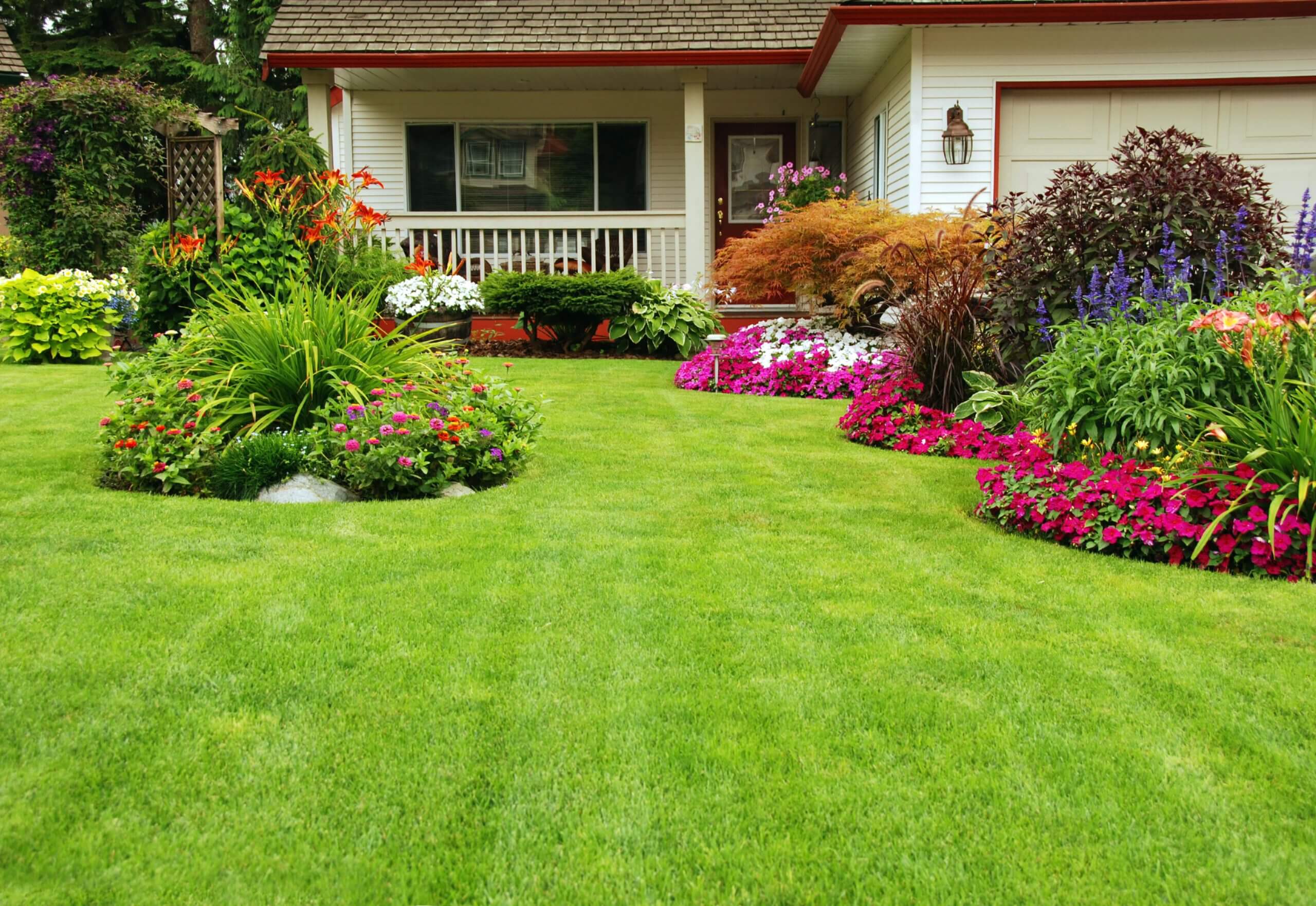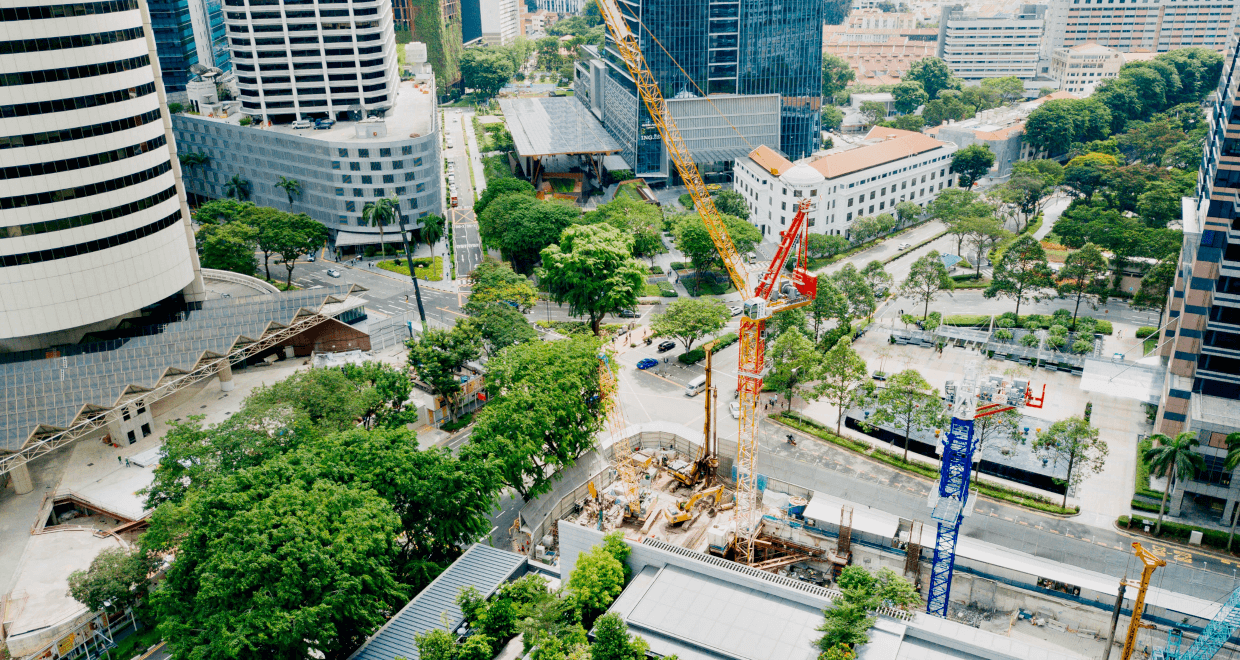About Landscapers
Table of ContentsThe Landscapers StatementsLandscapers Can Be Fun For AnyoneThe Basic Principles Of Landscapers Excitement About LandscapersGet This Report about Landscapers
- A tree or shrub (shrub) that sheds its leaves in winter. In the PNW there are semi-deciduous or semi-evergreen plants that might lose their fallen leaves depending upon just how chilly the winter season is. Abelia and some hebe are fine examples. Landscapers. - A level gathering room, made of wood or composite product (made to look like timber), generally nearby or affixed to a structure.

- Granite that is weathered to the point that it is a very great accumulation. This is a natural process, and the outcome can be made use of for courses and outdoor patios. Broken down granite is typically referred to as DG. It is particularly valuable in modern landscapes. - Secret landscape attributes being proposed in a landscape layout plan.
The 3-Minute Rule for Landscapers
These goals guide the style procedure, not the designer's design or choices. Usual layout objectives in Rose city are low maintenance, drought tolerant, and animal pleasant. - Process for eliminating or thinning the dead reduced level of a mature grass. Thatch is grass that has passed away and collected listed below the environment-friendly blades.
Nevertheless, over time this layer can obtain very thick and make it difficult for water, sunlight, and nutrients to reach parts of the turf.- The process of gathering and regulating the circulation of water on a home. This can be finished with grading, French drains pipes, completely dry wells, permeable surfaces, sump pump, rain yards, and extra.
Quality at the bottom of hillsides, with all-natural springs, or full of heavy clay have the most drainage troubles.- A sluggish feeding irrigation system that makes use of adaptable tubes and emitters to send out a specific amount of water per plant. This is one of the most reliable approach of watering plants. - The capability of a plant to make it through without much summertime water.
- A garden feature where water is represented by an aggregate stone product, generally a gravel or granite. These are most generally found in modern and Japanese yard design.- A rock or natural flagstone outdoor patio, course, or walkway built without a concrete base. The base would be compressed crushed rock and the joints would certainly be an aggregate or walkable ground cover. i was reading this
9 Easy Facts About Landscapers Described
- A stone maintaining or totally free standing wall developed without the use of mortar. - An underground structure that gather water and allows it to slow percolate into the dirt around it.
Landscape layout that is suitable with a sites' environment in both appearance and sustainability without negative influences to the setting. Bordering in the landscape is a line of demarcation that produces visual interest in the garden by separating one segment from another sector. This can be visual or functional, maintaining one component (such as pea gravel) from getting combined right into another (like bark dirt).
Locations can additionally sense of "room" offered by trees, other growings, fences, or screens. The landscape near the access to a structure. A tree, shrub or vine, educated to expand on a wall or fencing into a particular pattern. Especially useful for fruit trees, making it very easy to gather the fruit and including mess.
A plant that is foreign to the place where it will be grown. Not all "exotics" are invasive or hazardous, and lots of can be well acted or dry spell tolerant (Landscapers). A mass growing of ferns. Thicker bladed turf grass that spread out using rhizomes.: The degree of dirt on your building prior to bark dust or compost is spread out.
Landscapers Things To Know Before You Buy

The purpose, factor, or action that an area is be landscaped for. Room for growing plants for seeing, consuming, or physical task.
Reduced plants that are enabled or motivated learn the facts here now to spread out over a location. Can refer to any type of "difficult" garden elements including statuary or boulders but the majority of frequently is made use of to refer to paths, patio areas, visit the website and walls.: Elevation distinction between the degree of water in a fish pond (or the degree of the pump if it sits outside the pond) and the top outlet of water which influences performance of the water pump in gph (gallons per hour).

The Definitive Guide to Landscapers
Conventional PNW landscapes are casual. A plant that spreads out more than desired, or right into environments where it does damage.
Smart irrigation controller evaluations and referrals here. 2-D rendering of the proposed irrigation system. Can include head positionings and insurance coverage, pipeline sizing, GPM specifications, and materials needed to mount this system. A watering plan is usually unnecessary for homes however is common for business jobs. Licensed specialist who designs landscapes, educated in engineering and architecture as well as in horticulture.
The expert who prepares and develops landscape tasks, typically at a residential or little commercial degree with the significant style incentive on plantings. Landscape designers generally have much less schooling than Landscape Architects and are not certified. A finished landscape design, describing all elements for the brand-new landscape. This usually takes the type of an illustration on paper.
Calcium material made use of to raise the pH in dirt, which will make it much less congenial to moss. A water tight HDPE product used below ponds, streams and waterfalls in water features. Making use of many plantings of the exact same selection to fill out an area in the landscape. This can reduce upkeep and water use in the garden.